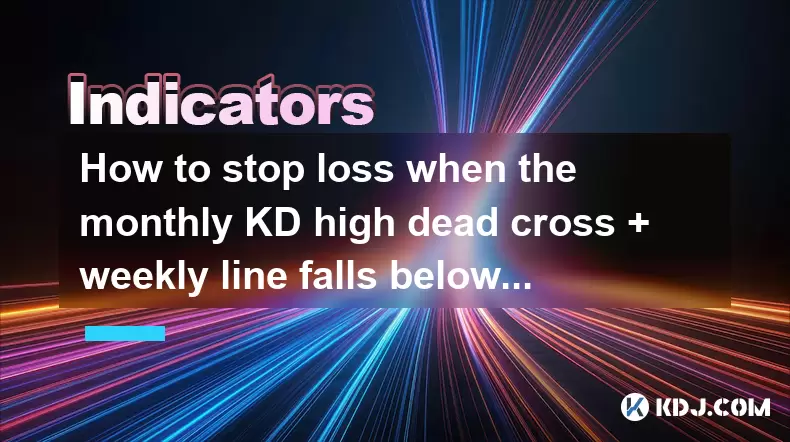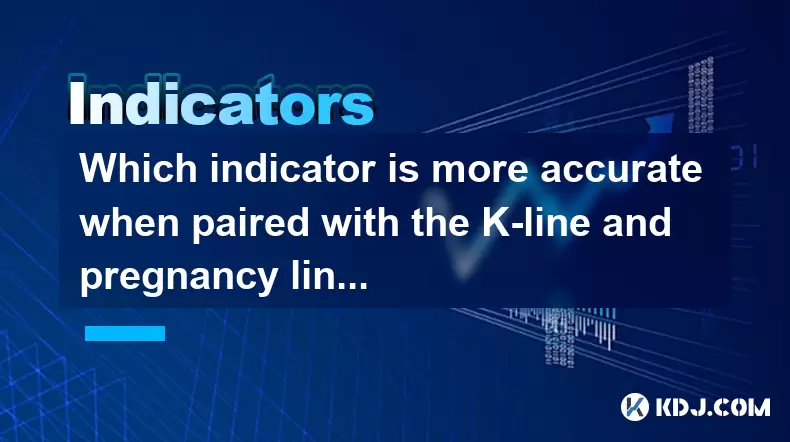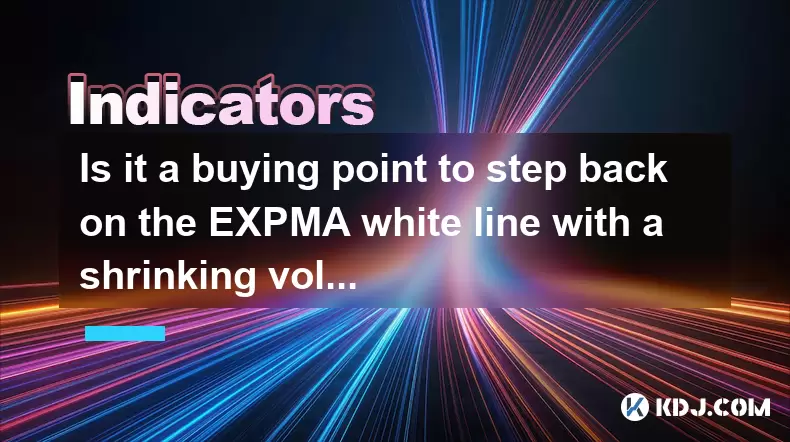-
 Bitcoin
Bitcoin $119300
1.07% -
 Ethereum
Ethereum $3730
3.87% -
 XRP
XRP $3.235
0.29% -
 Tether USDt
Tether USDt $1.000
0.00% -
 BNB
BNB $783.5
1.88% -
 Solana
Solana $188.7
0.25% -
 USDC
USDC $0.0000
-0.01% -
 Dogecoin
Dogecoin $0.2399
-0.44% -
 TRON
TRON $0.3157
2.37% -
 Cardano
Cardano $0.8254
1.94% -
 Hyperliquid
Hyperliquid $42.83
0.14% -
 Stellar
Stellar $0.4372
3.21% -
 Sui
Sui $3.859
4.91% -
 Chainlink
Chainlink $18.53
3.53% -
 Hedera
Hedera $0.2464
0.01% -
 Bitcoin Cash
Bitcoin Cash $519.8
2.46% -
 Avalanche
Avalanche $24.24
2.17% -
 Litecoin
Litecoin $113.7
0.73% -
 UNUS SED LEO
UNUS SED LEO $8.990
0.30% -
 Shiba Inu
Shiba Inu $0.00001390
0.21% -
 Toncoin
Toncoin $3.188
1.49% -
 Ethena USDe
Ethena USDe $1.001
0.02% -
 Polkadot
Polkadot $4.090
-0.91% -
 Uniswap
Uniswap $10.40
4.08% -
 Monero
Monero $326.6
3.12% -
 Bitget Token
Bitget Token $4.627
-0.42% -
 Pepe
Pepe $0.00001281
0.76% -
 Dai
Dai $1.000
0.01% -
 Aave
Aave $291.6
0.98% -
 Cronos
Cronos $0.1269
7.26%
How to stop loss when the monthly KD high dead cross + weekly line falls below the 20-week line + daily line pulls back on the 5-day line?
A monthly KD high dead cross, weekly price below 20-week MA, and daily pullback to 5-day MA signal strong bearish momentum across timeframes.
Jul 24, 2025 at 07:00 am

Understanding the Indicators: KD, Weekly, and Daily Moving Averages
When traders analyze cryptocurrency price movements, they often rely on technical indicators to make informed decisions. The KD indicator (Stochastic Oscillator) is a momentum-based tool that helps identify overbought or oversold conditions. A monthly KD high dead cross occurs when the %K line crosses below the %D line at a high level (typically above 80), signaling strong bearish momentum on a long-term scale. This is a critical warning that the market may be reversing after a prolonged uptrend.
The 20-week moving average is a key long-term trend indicator. When the weekly price line falls below the 20-week moving average, it suggests that the medium-term trend has turned bearish. This shift often reflects weakening investor sentiment and reduced buying pressure over several weeks. Similarly, a daily price pullback to the 5-day moving average indicates short-term profit-taking or minor resistance. While a pullback to the 5-day line alone may not be alarming, when combined with the other two signals, it reinforces the bearish outlook.
Recognizing the Combined Signal Pattern
The confluence of a monthly KD high dead cross, weekly price below the 20-week MA, and daily pullback to the 5-day MA forms a powerful bearish signal. This multi-timeframe alignment increases the reliability of the sell or stop-loss trigger. Traders must verify each component using reliable charting tools like TradingView or Binance's built-in chart system.
- Confirm the monthly KD cross by switching the chart to the monthly timeframe and observing the Stochastic lines crossing below 80.
- Switch to the weekly chart and check if the closing price is below the 20-week simple moving average (SMA).
- On the daily chart, observe if the price has recently pulled back toward or touched the 5-day SMA after an upward move.
This combination suggests that long-term momentum is reversing, medium-term support has been broken, and short-term strength is fading. It is a clear indication that holding the position may expose the trader to significant downside risk.
Setting Up a Stop-Loss Strategy Based on the Signal
Once the signal is confirmed, the next step is to implement a stop-loss mechanism to protect capital. The stop-loss should not be arbitrary but based on the structure of the signal and recent price action. The ideal stop-loss placement depends on the asset's volatility and the trader’s risk tolerance.
- Identify the most recent swing high on the daily chart before the pullback.
- Place the stop-loss just below the 5-day moving average if the price is currently testing it from above.
- Alternatively, set the stop-loss below the weekly support level that was broken when the price fell under the 20-week MA.
- Use a percentage-based stop-loss (e.g., 3–5%) only if volatility metrics like ATR (Average True Range) support it.
For automated execution, most exchanges allow stop-market or stop-limit orders. In Binance, for example, go to the spot or futures trading interface, select “Stop-Limit” or “Stop-Market,” enter the stop price slightly below the 5-day MA, and set the quantity. This ensures the position is exited if the bearish momentum accelerates.
Using Trailing Stop-Loss to Maximize Protection
A trailing stop-loss can be more effective than a fixed stop in volatile markets like cryptocurrency. It automatically adjusts as the price moves in the trader’s favor but locks in losses if the price reverses sharply. This method is ideal when the initial trend was bullish but now shows reversal signs.
- In TradingView, set up an alert that triggers a trailing stop via API integration with exchanges like Binance or Bybit.
- On Bybit, navigate to the position tab, select “Trailing Stop,” and set the activation price slightly above the current market price.
- Define the trailing distance based on recent average daily range (e.g., 4% for high-volatility coins like DOGE or SHIB).
- Ensure the trailing stop is linked to the 5-day MA movement—if the MA starts declining, tighten the trailing distance.
This dynamic approach allows traders to stay in the trade as long as the short-term trend holds, but exit quickly when the daily pullback turns into a deeper correction. The trailing stop acts as a safety net without requiring constant manual monitoring.
Monitoring Volume and Market Context
Technical signals gain strength when confirmed by volume analysis and broader market conditions. A drop in trading volume during the pullback to the 5-day MA may indicate weak selling pressure, but if volume spikes as the price breaks below key levels, it confirms strong bearish conviction.
- Check on-chain volume data via platforms like Glassnode or CryptoQuant for BTC-related assets.
- For altcoins, compare volume on major exchanges like Binance, Coinbase, or Kraken.
- Look for funding rates in futures markets—high negative funding may amplify downside moves.
- Monitor Bitcoin dominance—if BTC is strengthening, altcoins may face additional downward pressure.
These factors help determine whether the stop-loss is being triggered by a temporary correction or the start of a major downtrend. Ignoring volume and market context may lead to premature exits or delayed reactions.
Adjusting Position Size in Response to the Signal
Rather than exiting entirely, some traders prefer to reduce position size when this triple signal appears. This partial exit strategy preserves some exposure in case the market rebounds, while minimizing risk.
- Sell 50–70% of the position immediately after confirming all three conditions.
- Move the stop-loss on the remaining portion to break-even or a tighter level.
- Use the freed-up capital to hedge with inverse ETFs or put options (if available on platforms like Deribit).
- Reassess the trade only when the weekly price regains the 20-week MA and the monthly KD shows a bullish cross.
This approach balances risk management with opportunity retention, especially in highly volatile crypto markets where sharp reversals are common.
Frequently Asked Questions
What if the daily price bounces off the 5-day MA after the signal?
A bounce does not invalidate the signal. The monthly KD high dead cross and weekly drop below 20-week MA remain bearish. Treat the bounce as a short-term relief rally. Consider it a second opportunity to exit or reduce the position, especially if volume is low.
Can this strategy be applied to all cryptocurrencies?
Yes, but effectiveness varies. Major coins like BTC and ETH have more reliable moving averages and KD signals due to higher liquidity. For low-cap altcoins, false signals are more common. Always verify with volume and order book depth before acting.
How do I set a stop-loss on a mobile trading app?
Open the Binance or Bybit app, go to the trading pair, tap “Limit,” switch to “Stop-Limit,” enter the stop price below the 5-day MA, set the limit price slightly lower, and confirm. Ensure sufficient balance and network stability.
Is the 20-week MA the same as the 100-day MA?
Not exactly. The 20-week MA covers 140 days (20 weeks × 7 days), while the 100-day MA is shorter. For accuracy, use the 20-week setting on weekly charts. On daily charts, a 140-day MA approximates the 20-week MA.
Disclaimer:info@kdj.com
The information provided is not trading advice. kdj.com does not assume any responsibility for any investments made based on the information provided in this article. Cryptocurrencies are highly volatile and it is highly recommended that you invest with caution after thorough research!
If you believe that the content used on this website infringes your copyright, please contact us immediately (info@kdj.com) and we will delete it promptly.
- TRON, Crypto Payroll, and Stablecoins: A New York Minute on the Future of Finance
- 2025-07-25 08:30:11
- WazirX, Revote, and Crypto Unlock: A New York Minute on the Latest Developments
- 2025-07-25 06:50:11
- Hong Kong Stablecoin Regulation: Navigating the Hype and Hurdles
- 2025-07-25 08:30:11
- Bitcoin LTHs, CDD Ratio, and Distribution: What's the Deal?
- 2025-07-25 08:50:12
- Satoshi-Era Bitcoin Whale Awakens: $469 Million in BTC on the Move
- 2025-07-25 06:30:11
- TIA Tokens, Crypto Shift & Ripple Effect: What's the Deal?
- 2025-07-25 07:10:11
Related knowledge

Should I go all in when DIF crosses DEA?
Jul 25,2025 at 12:42am
Understanding DIF and DEA in MACD AnalysisWhen traders analyze DIF and DEA in the context of the Moving Average Convergence Divergence (MACD) indicato...

Should I go all in when the upper edge of the box is broken?
Jul 25,2025 at 01:50am
Understanding the 'Box' in Cryptocurrency Price ChartsThe term 'box' in cryptocurrency trading typically refers to a price consolidation range where t...

Should I go all in when the parabolic turning signal appears?
Jul 25,2025 at 06:36am
Understanding the Parabolic Turning Signal in Crypto TradingThe parabolic turning signal is a technical indicator derived from the Parabolic SAR (Stop...

Should I follow up with a full position when the trading volume suddenly increases?
Jul 25,2025 at 12:28am
Understanding Sudden Increases in Trading VolumeA sudden spike in trading volume often signals heightened market activity and can indicate that new in...

Which indicator is more accurate when paired with the K-line and pregnancy line combination?
Jul 25,2025 at 05:43am
Understanding the K-Line and Pregnancy Line CombinationThe K-line, also known as the Japanese candlestick chart, is a foundational tool in technical a...

Is it a buying point to step back on the EXPMA white line with a shrinking volume?
Jul 25,2025 at 08:56am
Understanding the EXPMA Indicator and Its White LineThe Exponential Moving Average (EXPMA) is a technical analysis tool widely used in cryptocurrency ...

Should I go all in when DIF crosses DEA?
Jul 25,2025 at 12:42am
Understanding DIF and DEA in MACD AnalysisWhen traders analyze DIF and DEA in the context of the Moving Average Convergence Divergence (MACD) indicato...

Should I go all in when the upper edge of the box is broken?
Jul 25,2025 at 01:50am
Understanding the 'Box' in Cryptocurrency Price ChartsThe term 'box' in cryptocurrency trading typically refers to a price consolidation range where t...

Should I go all in when the parabolic turning signal appears?
Jul 25,2025 at 06:36am
Understanding the Parabolic Turning Signal in Crypto TradingThe parabolic turning signal is a technical indicator derived from the Parabolic SAR (Stop...

Should I follow up with a full position when the trading volume suddenly increases?
Jul 25,2025 at 12:28am
Understanding Sudden Increases in Trading VolumeA sudden spike in trading volume often signals heightened market activity and can indicate that new in...

Which indicator is more accurate when paired with the K-line and pregnancy line combination?
Jul 25,2025 at 05:43am
Understanding the K-Line and Pregnancy Line CombinationThe K-line, also known as the Japanese candlestick chart, is a foundational tool in technical a...

Is it a buying point to step back on the EXPMA white line with a shrinking volume?
Jul 25,2025 at 08:56am
Understanding the EXPMA Indicator and Its White LineThe Exponential Moving Average (EXPMA) is a technical analysis tool widely used in cryptocurrency ...
See all articles

























































































